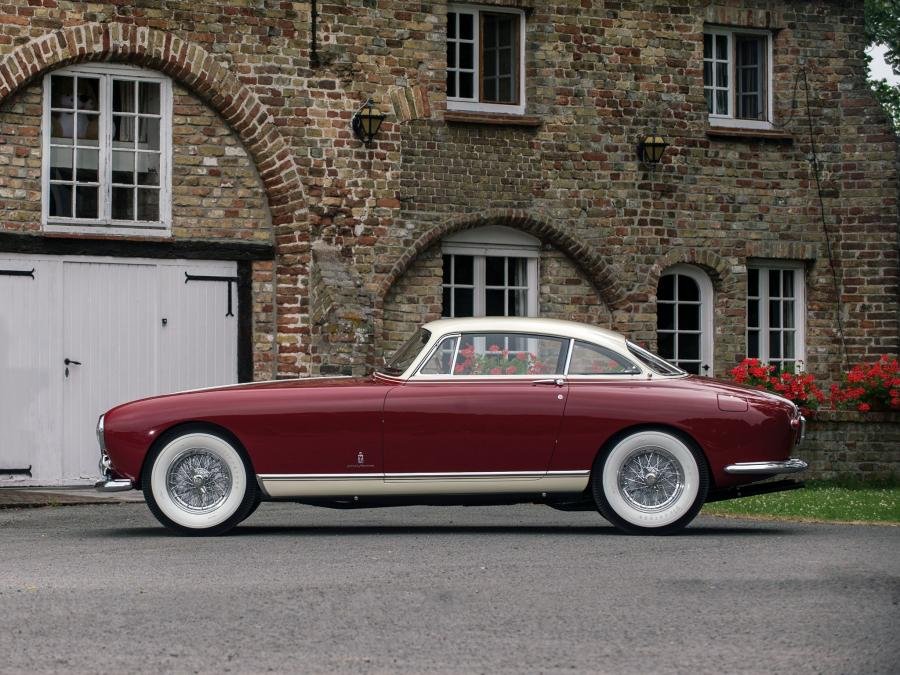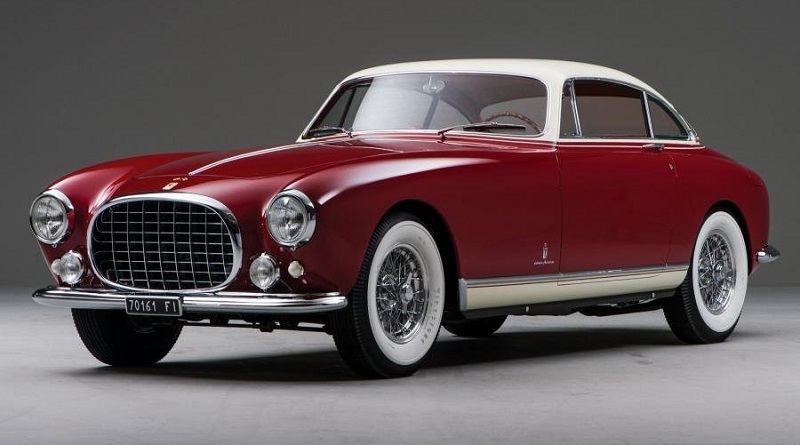1953 Ferrari 250 Europa GT
Unveiled at the 1953 Paris Motor Show, the Ferrari 250 Europa was a car designed for the new European rules and preferences.

It used a 3.0-liter V12 based on a design for Formula One 3.3 L engine.
The first cars produced were bodied by Vignale along the lines of the 340 Mexico. The production was moved to Pininfarina, who built a 2-seat cabriolet version. There were clear styling cues with the Ferrari 375 America, with which it shared the same chassis.
The cars were produced with an odd chassis number for the road-going vehicles, while the race-version featured even numbers. Usually, the race versions featured aluminum bodies but some private owners ordered lighter bodyworks for the road-going models.

The long hood and short cabin were a sign for sportiness and the two-door coupe style was elegant. It was built as a 2+2 vehicle, but most of the time the rear seats were mostly used as a padded shelf for luggage.

Even though it was considered a fast car for that era, it was more of a GT vehicle than a sports car. In 1954, the 250 Europa was renamed 250 Europa GT, and then it became known as simply as the 250 GT.
The suspension was independent at the front, with double wishbones and a transverse leaf spring. It was later replaced with individual coil springs. The rigid rear axle was with leaf springs and hydraulic dampers. Hydraulically operated drum brakes were on all four corners. The transmission was a 4-speed manual.




